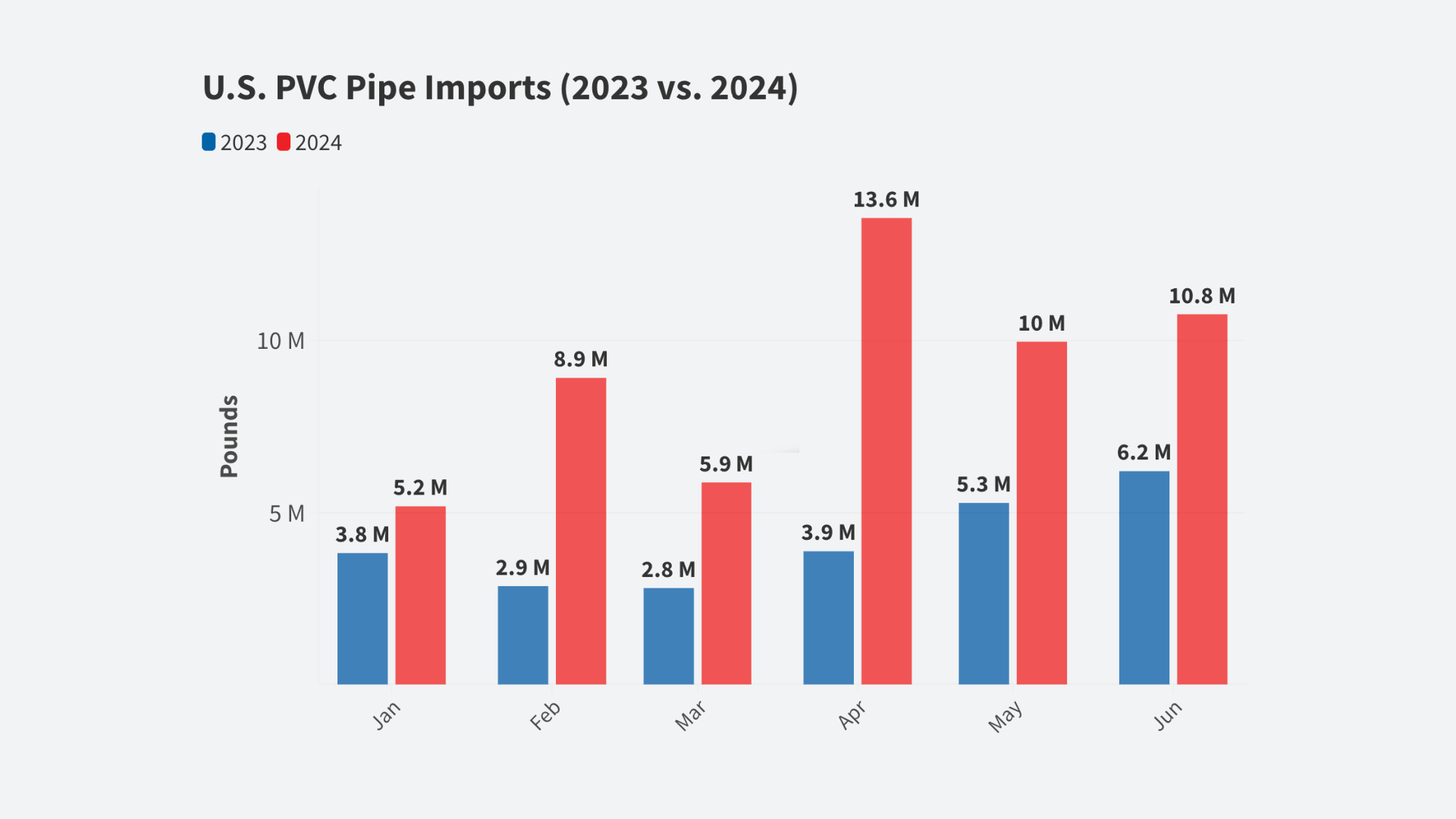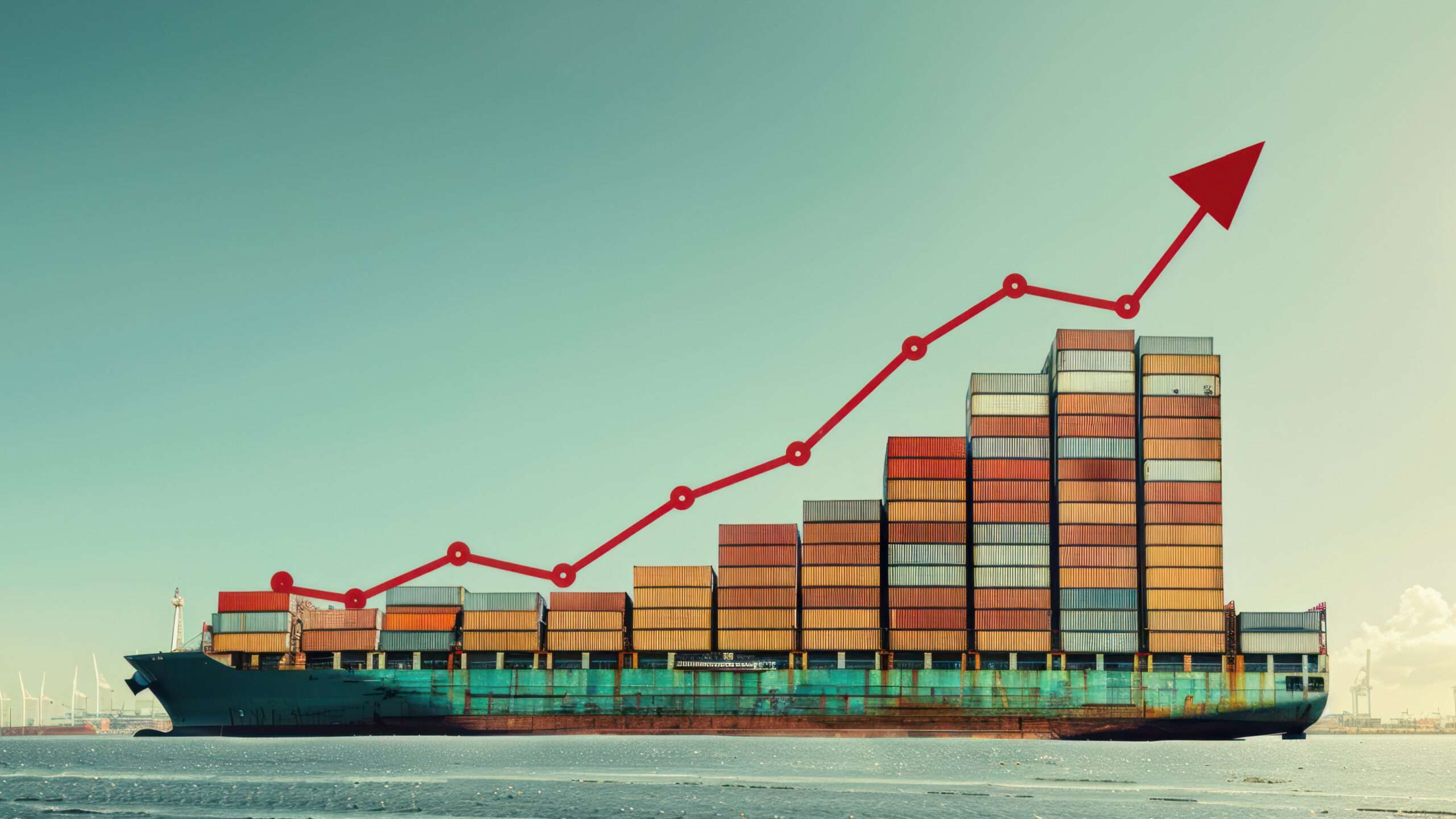
In an interview with Politico this week, Ambassador Michael Froman stressed high import tariffs on American goods imposed by the 11 countries with which he is negotiating the Trans-Pacific Partnership (TPP). His implication is that the TPP will dramatically lower such tariffs, boosting US exports, significantly increasing the size of our economy, and helping most Americans.
[Reposted from Politico | Simon Johnson | June 8, 2015]
That is not, however, what the best available projections about the deal suggest it would do, and Froman’s emphasis on tariffs – though it sounds like the heart of the issue – is a distraction from the bigger question we need to ask about the TPP.
Froman’s examples included Japanese tariffs of 16-32 percent on US oranges, 38.5 percent on US beef, and an eye-popping 778 percent on US rice above an annual quota. He also pointed out that tariffs on US eggs going into Canada are up to 163.5 percent (79.9 cents per dozen!) and other US food products, such as yogurt, milk, cheese, and frozen chicken, face tariffs of between 237.5 and 249 percent in our northern neighbor.
There are serious tariffs on some US agricultural goods, but Mr. Froman was highlighting outliers. When the US Department of Agriculture looked at the entire trade impact of the TPP– using the same data as Mr. Froman has, but including all exports from and imports into the U.S. – they found the likely total effect of this trade agreement on US GDP is precisely zero.
Discussing individual extreme tariffs or any one sector is a distraction. We should focus instead on how the TPP will affect our entire economy. And on this front, it’s far from clear that the deal as currently structured is net positive.
The best pro-TPP research is by Peter A. Petri, Michael G. Plummer, and Fan Zhai (see this helpful webpage). Until recently, the TPP discussions did not include Japan, and in that scenario US income gains would have been at most only $23 billion per annum in 2025 – a tiny increase (0.1 percent) relative to what will be a $20 trillion economy, precisely because we have extensive free trade agreements with those 10 countries already.
Now that Japan is likely to participate, this creates a further potential $17.6 billion of income gains for the US through trade in 2025. But it remains very unclear to what extent Japan will really liberalize, for example by reducing the non-tariff barriers that make it hard to sell US-made autos there, so such gains may prove elusive.
US investors could see an additional $36 billion gain– nearly half of the total benefit claimed for TPP –from being allowed to invest more freely in Japan. Precisely how this helps American workers is not obvious.
The best-case outcome for what America gets from the TPP, looking at the quantifiable trade and investment benefits, is a total economy that is 0.2 percent bigger. In terms of evaluating economic policies over the next decade, this qualifies as a rounding error.
And, importantly, it’s not clear which Americans will really gain and how many people will actually lose their jobs and face significantly lower income due to the TPP. Even trivial increases in aggregate national income through an agreement like the TPP may be associated with widening inequality or even a fall in median wages. The distributional impact – creating winners and losers – from such trade agreements is typically much larger than the total GDP effect.
In this context, it is disturbing that Mr. Froman refuses to include language in the TPP that would discourage foreign central banks from manipulating their own currencies through prolonged one-way intervention in the foreign currency market to weaken the exchange rate, boost exports, and reduce imports. Those in favor of the TPP like to assume that no manipulation of this kind takes place, and that is the basis of the estimates given above. But if Japan were to manipulate its currency – as it has done in the past – this would more than wipe out any US gains from the TPP tariff reductions.
The TPP includes other elements, such as more rights for foreign investors relative to domestic investors (including in the US) and greater protection for pharmaceutical patents. Both of these could involve negative net effects for our economy, depending on how the precise terms are written. The administration claims that labor and environmental standards will increase around the world, but, based on the available information, this looks like empty rhetoric.
The TPP could still be amended to address all these issues. But pushing the Trade Promotion Authority (TPA) through the House, as the administration is currently trying to do, is unlikely to produce the kind of broad debate that could turn this long and contentious TPP process into something better than a missed opportunity.













